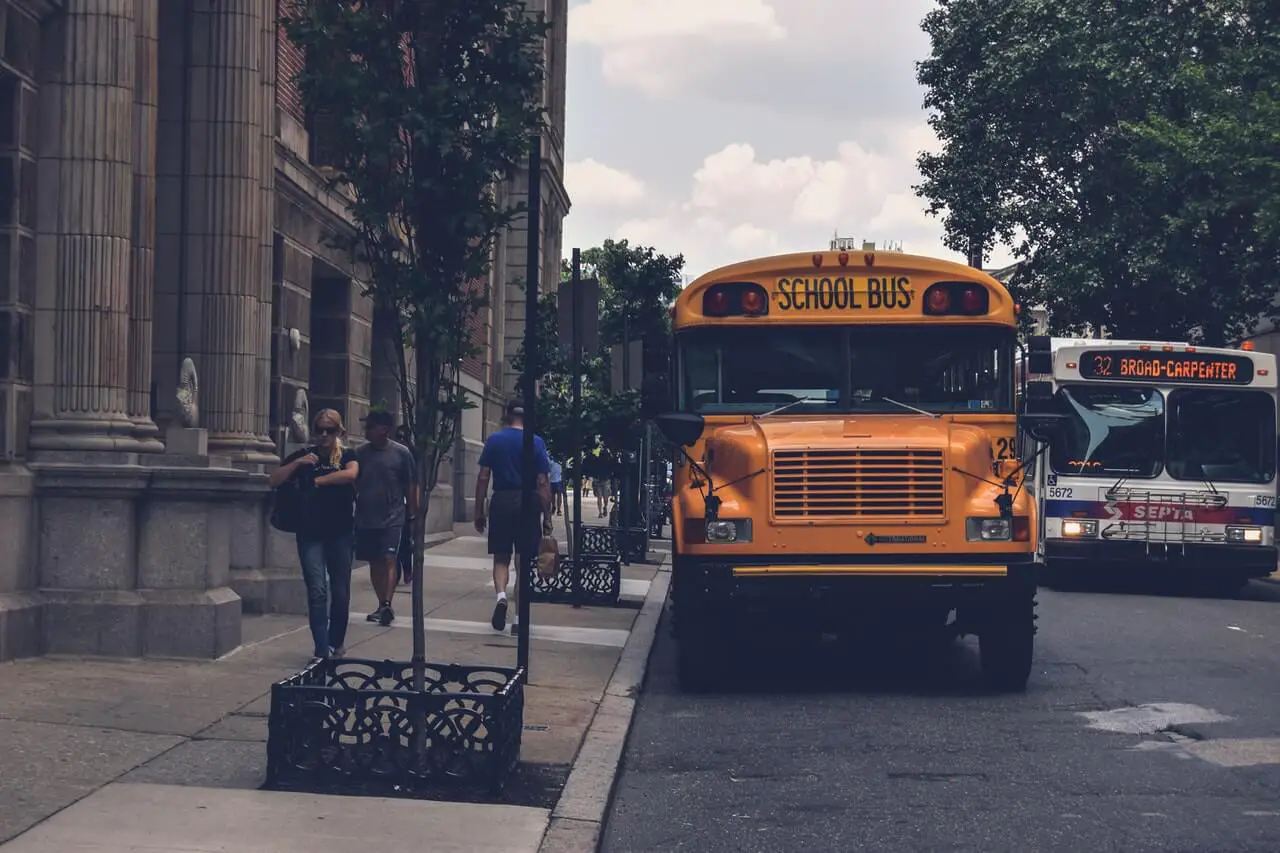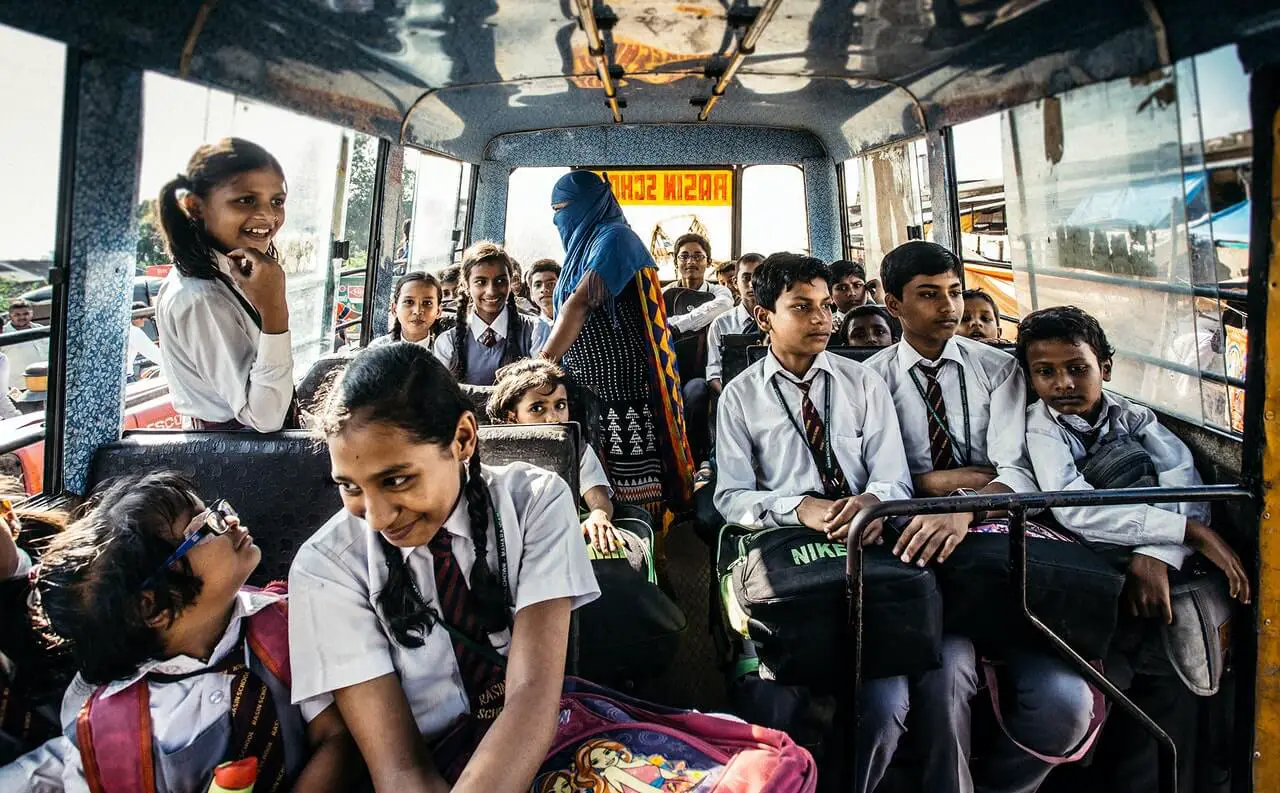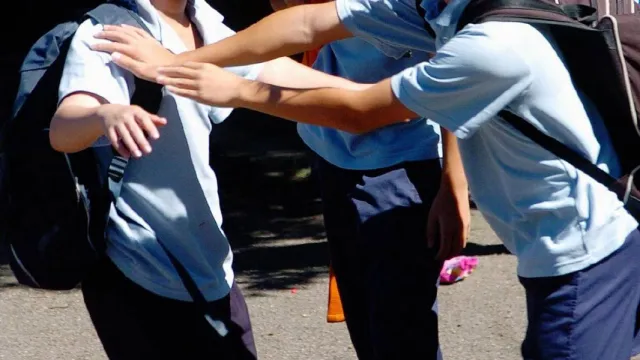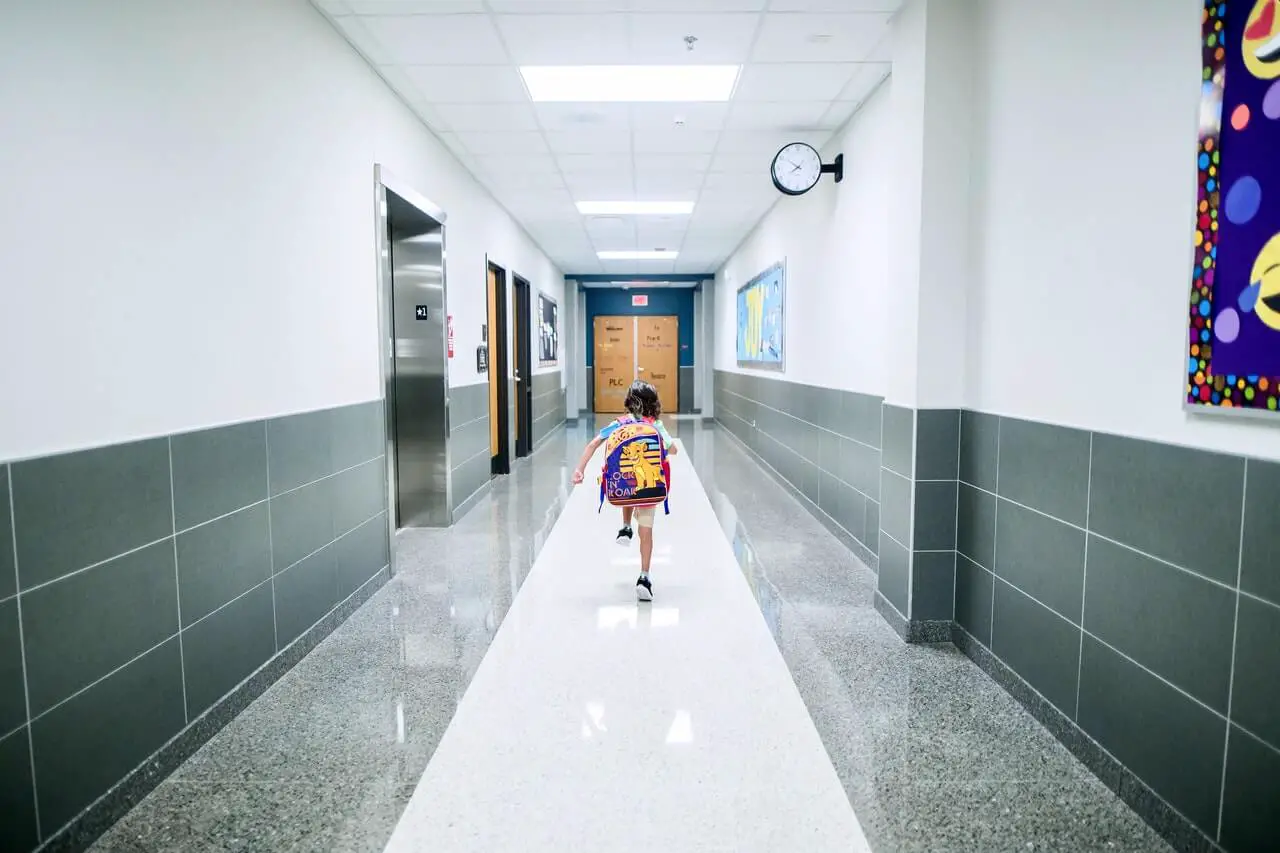What’s iss in school: The Wonders of the International Space Station (ISS) in Education

ISS (In-School Suspension) is a decision made by the school to remove a student from school under certain circumstances in school suspensions programs school rules . These include suspension for more than 10 days in a single semester, suspension due to violence on campus, suspension of an entire grade level, or suspension due to medical reasons in school suspension other students . ISS may also be used to temporarily suspend a student while the school and student work out a cooling-off period follow school rules behavioral support in school suspension.
ISS has been found to have adverse effects on students, both mental and physical. On average, students who are assigned ISS miss more days than students who are suspended from school. Academic achievement levels drop for students assigned to ISS. Some students have been known to withdraw from school because of their experience with ISS in school suspension.

According to a study done by the National School Boards Association, one-third of the 1,547 school suspension iss districts surveyed used some form of Intensive In-School Discipline programs discipline students . In these programs, low-status offenders were segregated in small groups of similar offenders and given intense behavioral instruction. The programs in school suspension were claimed to be successful at improving problem behavior while also reducing classroom disruptions school personnel. A 2002 review by the United States Secretary of Education found no evidence that these policies reduced crime, nor was there evidence that they improved school outcomes for disadvantaged students. The most comprehensive research on ISS programs was conducted by a team from RAND Corporation in 1997 and 1998, but the results were inconclusive out of school suspension.

In recent years, the use of ISS has been criticized because of its adverse effects on both child and teacher mental health. This can be demonstrated through a study done by the University of North Carolina. Results showed that students assigned ISS have increased depression, aggression and withdrawal school psychologist . The results also showed that teachers complained of increased stress and health problems in school suspension. One study done at the University of Maryland found that special education seniors who had been suspended from school were more likely to engage in risk-taking behaviors than those who had not been suspended, even when statistically controlled for race and poverty in school suspension.

Many school administrators have been criticized for the use of ISS in schools. The American Psychological Association and the American Federation of Teachers have both criticized this practice. The American Psychological Association has stated that “…research shows that students who are frequently suspended from school suffer negative impacts …(ISS) programs are associated with increased mental health problems, including suicidal thoughts and behaviors.” The American Federation of Teachers claims that teachers spend less time teaching and more time monitoring student behavior when using ISS in school suspension. This in turn results in lower student in the focused environment grades and decreased motivation to learn. An article in the National Association of Elementary School Principals even blames ISS as one of the reasons why students do not respect school administrators or teachers.
Critics also argue that ISS places an unfair financial burden on many schools due to long-term absences and significantly higher health care costs. In a report done by the National Council on Disability, the number of case reviews requested of Illinois school suspension iss that were found to have used ISS were over 500 in 2000, and over 800 in 2001. The reported annual cost to schools and districts for ISS ranged from $1,000 to $2,000 per student.
Conflicts in the International Implementation of the (ISS)
Conflicts can arise when implementing the International Space Station (ISS) in school suspension iss due to various factors. Let’s explore some of the potential conflicts that educators may encounter and how to address them.
One common conflict is the limited availability of resources and funding. Establishing a successful ISS program requires financial support for equipment, training, and maintenance. Schools with tight budgets may find it challenging to allocate funds for such endeavors. To mitigate this conflict, educators can seek grants or partnerships with local organizations, government agencies, or private companies interested in promoting STEM education. Collaborative efforts can help secure additional resources and reduce the burden on school budgets.
Another conflict arises from the need for specialized training. ISS-related programs often involve complex scientific concepts, technological skills, and safety protocols. Teachers may lack the necessary expertise or confidence to deliver such content effectively. To address this conflict, schools can provide professional development opportunities for teachers, including workshops, seminars, and online courses. Engaging external experts or partnering with local universities can also enhance the training process and ensure educators have the knowledge and skills required to facilitate ISS activities in school suspension.
Time constraints within the curriculum can also lead to conflicts. With numerous subjects to cover, finding adequate time for ISS-related lessons might be challenging. It is crucial to integrate ISS topics into existing subjects, such as science, mathematics, or technology, rather than treating them as separate entities in school suspension. This interdisciplinary approach allows for seamless integration of ISS content while meeting curriculum requirements. Furthermore, educators can consider allocating dedicated time slots for hands-on activities, research projects, or even virtual interactions with astronauts aboard the ISS focused environment.

Conflicts can also arise in terms of student engagement and accessibility. Some students may struggle to connect with the ISS due to a lack of interest or limited exposure to space-related topics. Educators can overcome this conflict by fostering curiosity and relevance. Highlighting the practical applications of ISS research and its impact on daily life can create a sense of excitement and relevance among students. Additionally, incorporating interactive and immersive experiences, such as virtual reality simulations or guest speaker sessions, can enhance student engagement and understanding.
Another potential conflict is the logistical challenges associated with organizing ISS-related activities. These challenges may include scheduling video conferences with astronauts, arranging visits to space centers, or obtaining necessary equipment and materials for experiments. To address this conflict, schools can collaborate with space agencies, science centers, or educational organizations that specialize in space education. These partnerships can provide access to resources, facilitate logistical arrangements, and ensure a smoother implementation of ISS activities.
Lastly, conflicts may arise due to varying levels of support from school administrators, parents, or even the wider community. Some stakeholders may question the value or relevance of incorporating ISS into the curriculum. Educators can address this conflict by communicating the benefits of ISS education, such as fostering scientific inquiry, critical thinking, teamwork, and inspiration for future careers in STEM fields. Sharing success stories, showcasing student achievements, and involving the community in ISS-related events can help build support and demonstrate the positive impact of these programs.
In conclusion, conflicts related to implementing the ISS in schools can arise from resource limitations, training needs, time constraints, student engagement, accessibility, logistical challenges, and varying levels of support. By addressing these conflicts proactively through collaboration, training, interdisciplinary integration, stakeholder engagement, and resourceful partnerships, educators can overcome obstacles and create enriching experiences for students, opening up a world of wonder and inspiration through the wonders of the International Space Station.
Circumstances that may cause students to be candidates to go to ISS:
1. The violence that takes place at school
 Violence is termed as a serious threat to student safety and well-being, and is defined as physical violence or verbal threats intended to cause bodily harm or property damage in school suspension rules classroom rules out of school suspension. Types of violence that might result in a student being placed on ISS are verbal threats intended to impress fear or injury on another person, physical fighting in the school, assaultive behavior involving weapons (e.g., guns), deliberate physical harm, deliberate property damage, deliberate introduction of drugs or alcohol (e.g., heroin on school grounds), vandalism and bullying.
Violence is termed as a serious threat to student safety and well-being, and is defined as physical violence or verbal threats intended to cause bodily harm or property damage in school suspension rules classroom rules out of school suspension. Types of violence that might result in a student being placed on ISS are verbal threats intended to impress fear or injury on another person, physical fighting in the school, assaultive behavior involving weapons (e.g., guns), deliberate physical harm, deliberate property damage, deliberate introduction of drugs or alcohol (e.g., heroin on school grounds), vandalism and bullying.
2. Possession of weapons in schools
 Possession of any weapon on school property, including knives, guns, and BB guns is a major cause for concern by school authorities out of school suspension. Possession of these items can be dangerous to both teachers and students alike. Students who are caught with weapons on school may be immediately assigned ISS as a consequence. The student will also be suspended from school for a time period that is decided by the school’s disciplinary board or the principal.
Possession of any weapon on school property, including knives, guns, and BB guns is a major cause for concern by school authorities out of school suspension. Possession of these items can be dangerous to both teachers and students alike. Students who are caught with weapons on school may be immediately assigned ISS as a consequence. The student will also be suspended from school for a time period that is decided by the school’s disciplinary board or the principal.
3. Drugs in schools
Students who bring drugs or alcohol onto school may be assigned for a period of time that is decided by the disciplinary board or principal. The long-term suspension (for more than 10 days) is handled by the individual school district in conjunction with the Superintendent’s office academic support. Students with a long-term suspension may also attend an alternative setting, such as a continuation high school, if their home district has one available in suspension students.

4. Theft
If a student steals an item that is worth less than $25, he or she will be punished by the school disciplinary board. The board will decide if the student is guilty or not and what consequences to assign. If the student is proven guilty, he or she will usually get ISS. If the stolen item is worth more than $25, then the student will be suspended for more than five days and stay in ISS until his or her disciplinary hearing. The board will decide what consequences to assign by weighing the student’s past record and the circumstances surrounding each offense suspension students other students.
Teachers are individuals who are assigned certain tasks in a school environment, including educating students, enforcing , and maintaining a safe school environment. They are responsible for teaching their classes and maintaining the safe learning environment suspension students other students.

ISS is an alternative to long term suspension. ISS is a tool that schools can use, in place of long term suspension, when a student has broken the school’s rules. ISS, or in-school suspension, is an alternative to short term suspension and long term suspension. ISS is only assigned to middle school and high school students and can not be used for elementary school students. ISS is used when a student has disobeyed a teacher, or broken school policy and rules behavior management program suspension students other students. The student would be given one or more days of ISS (in school suspension). The teacher would not have to discipline the student outside of the classroom by giving him or her marks in class or even taking away extra recess time. A student’s attendance record will be affected by ISS positive behavior.

